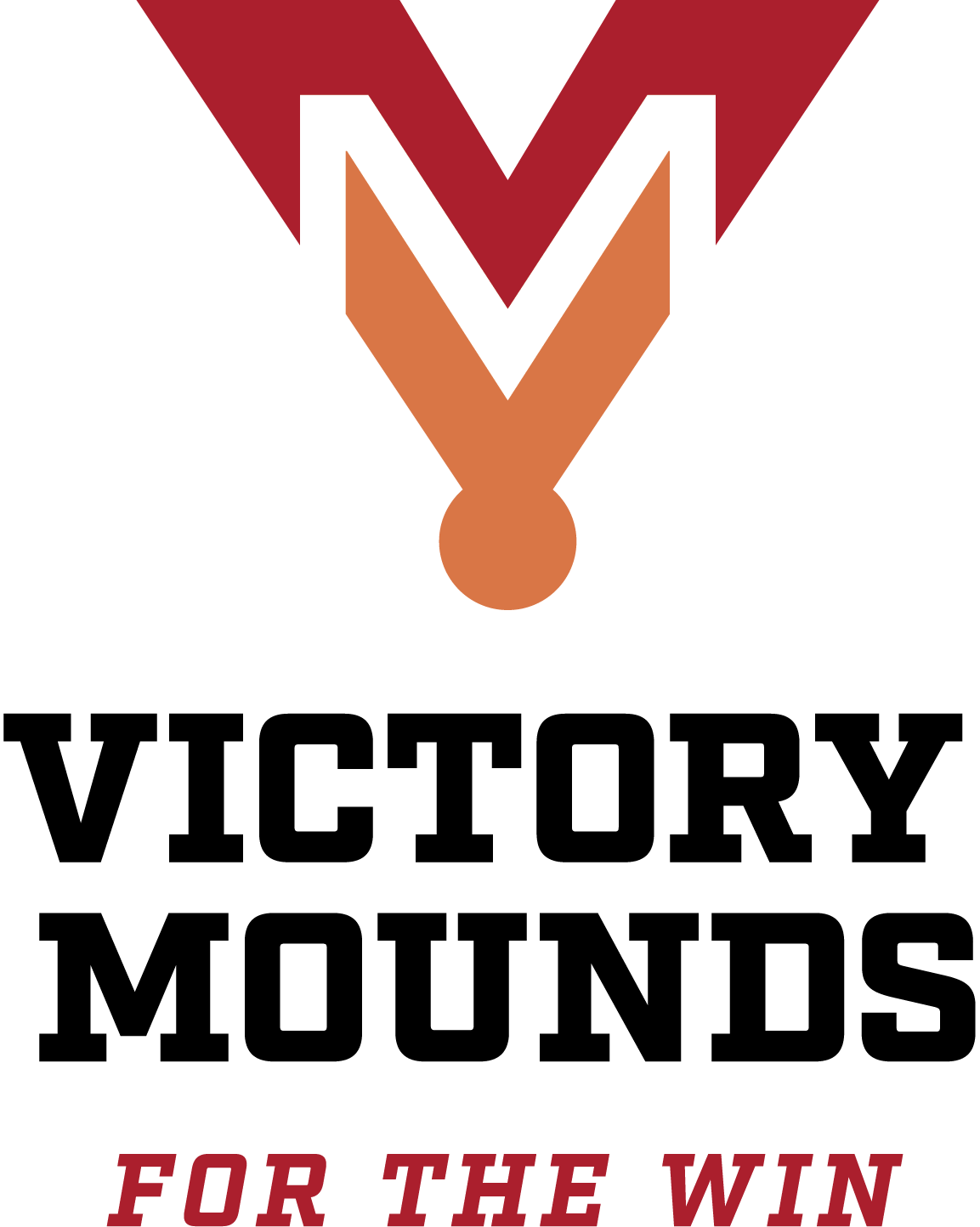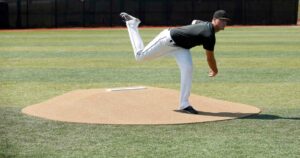Regardless of what level you’re playing at, numbers matter in baseball. Some are even iconic, especially the 60 feet, 6 inches distance from the pitchers mound to home plate.
For pitchers, though, mastering that distance takes a lot of work. It’s also about knowing the field dimensions down to the last inch, along with the other field dimensions.
Finally, there’s the equipment you need to master it all. It’s an essential part of helping players and coaches get the maximum from their talent, especially when it comes to pitching mounds.
So let’s take a deeper dive. What follows is a breakdown of everything you need to know about pitching mounds—the dimensions, the equipment that replicates them and how to get the most from it.
What is the Distance from the Mound to the Plate?
While that 60 feet, 6 inches distance from the mound to the plate may be iconic, it’s not universal across all the different levels of the game. Because of the different skill levels involved with younger players, other distance and size numbers come into play.
There are other distances involved at the lower levels, so here are some other numbers you need to know:
- Little League: The pitching distance is 46 feet in a standard Little League field. Moreover, the base paths are shorter. Specifically, they get shorted from 90 feet to 60 feet, which changes the speed of the game.
- Pony League/Youth League: While Pony League is a somewhat outdated term in some areas of the country, it does specify a pitching distance of 54 feet from the pitcher’s mound to home plate. That distance is also used in many youth leagues, although it’s not standardized the way it is in Little League.
- Babe Ruth League/High School/College/Professional: Once young pitchers graduate from Little League and youth league baseball, they move up in the world. In Babe Ruth league or American Legion ball, the distance jumps to 60 feet, 6 inches distance, and it stays there throughout high school, college and beyond.
Major League Mound and the Distance to Home Plate
While that iconic 60/6 distance is important in baseball, it’s not the only distance that has to be taken into account at the upper levels of the sport.
The base paths are 90 feet long, of course, but pitchers also need to know that they’re throwing 63 feet, 8 inches when they execute a pickoff move.
That’s not the only time that distance comes into play for pitchers. Pitchers also have to cover that 63/8 distance in a hurry on bunts and ground balls when first basemen leave their post to make a play on a ball, and pitchers at the higher levels spend hours of practice time perfecting that quick sprint.
There’s another set of numbers that comes into play when it comes to a major league mound, and that’s the slope. Specifically, when you’re six inches in front of the rubber, the mound slopes downward at a rate of an inch per foot over a six foot span.
That same slope rate also pertains to the side of a major league mound. The goal changes during a typical pickoff move—i.e., quickness is usually emphasized over specific mechanics—but the slope remains the same.
While pickoff throws to second and third aren’t as important, it’s important to know the distances for those as well.
We’ll start with second base. To come up with this distance, we’ll have to do a bit of math. Specifically, it’s 99 feet from the back of home plate to the center of second base, so if you subtract out the familiar 60/6 number, that leaves you with just under 40 feet.
The other reason these distances matter is during rundown plays. When base runners get caught too far off base, they’re quickly trapped between a pair of fielders.
Pitchers become part of the parade that follows. Executing a rundown properly means that each subsequent fielder, including the pitcher, has to be at ready to jump into the rundown at exactly the right time.
High School Baseball Mound Distance
Now that we’ve covered most the specific distances pitchers need to know, let’s talk about the specific equipment high school baseball pitchers need to help pitchers make the adjustment to the larger pitcher’s mound and the longer distance.
Start with a portable practice mound. These mounds have the same slope as a major league mound, and they’re designed for extensive use. They’re essential when it comes to practice and building reps, so you need one that can last and go the distance.
If you buy your portable practice mound from a company like Victory Mounds, the product will feature special turf in the landing area, along with the right slope to practice pickoff moves and master the sprint to first base when pitchers have to provide coverage.
If you’re a coach or a talented pitcher in high school, you should also consider a game mound. These mounds are specifically designed to replicate game conditions, and they can save you a ton of time when you run into game fields that have been damaged by bad weather, or those with mounds that haven’t been kept up well.
Shop for the Baseball Field Equipment You Need
At Victory Mounds we’ve been making quality baseball equipment for years, and we have a lot of expertise when it comes to pitching mounds, batting cages, field maintenance, facility management, and support products to help you stay at the top of your game. We can also help you if you’re on a tight budget and you need to prioritize your specific equipment needs.
We can help you get great equipment and improve the quality of your program, and the way the process starts is to contact us. The number is 800 835 9460. We’ll start by answering your specific questions, and we’ll also talk to you about your baseball program and your needs.
You can also learn more about us by going to VictoryMounds.com, where you can access information about individual products. If you’d prefer to email, you can contact is at info@victorymounds.com.

